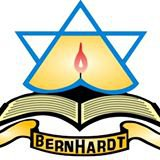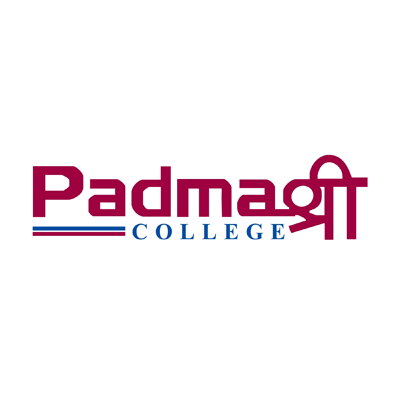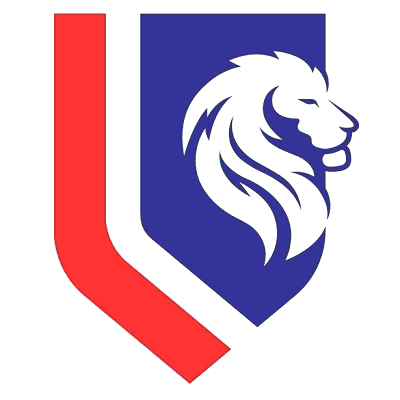Overview
Janasewa Secondary School, established on Shrawan 3, 2004, during the Rana regime, is renowned as the oldest educational institution in southern Kathmandu, Nepal. Catering to a broad spectrum of learning, the school offers technical education from classes 9 to 12 and general education from early childhood development up to classes 12.
The late Pandit Chiranjeevi Pokharel, a resident of Chobhar and a steadfast advocate of education created Janasewa Secondary School by setting up a language school in the Panga region in 1992 BS, fostering a nurturing environment for the pursuit of knowledge.
Dittha Nara Bahadur Dangol, a local education enthusiast, further bolstered Pokharel's educational vision. Dangol championed the establishment of Ranakal Nabhani School, further extending the reach of quality education. Inspired by the potential of empowering residents through education, the registration process to run Jalvinayak Aadhaar School in Panga was initiated on the 3rd Shrawan, 2004.
The archives in the Martyr Memorial Library in Panga, dating back to 2007 BS, recognize the school's formal establishment date as Friday, July 3rd, 2004. This date was confirmed by the then-teacher Indunath Aryal's student admission notice and a letter of approval from Deputy Secretary Taraman Singh of the Department of Education Saraswati Sadan.
With continuous and structured teaching and learning activities, a separate Janasewa adult high school was instituted in 2019 BS, reflecting the community's local needs and collective will. This co-existing middle and adult school initially functioned in the same building, with sessions held in the morning and afternoon.
In response to the implementation of the National Education System Scheme (New Education Scheme) in 2028 BS, these two institutions were amalgamated into a single entity during the 2029/2030 BS academic session. The union culminated in what is now known as the Janasewa Secondary School, which upholds the tradition of quality and inclusive education.
Chronology of Key Milestones in Janasewa Secondary School's History
-
1988 BS: The inception of the Language School set the stage for Janasewa Secondary School's long-standing commitment to education.
-
1989 BS: Establishment of the Panga Language School, contributing further to the academic environment in the area.
-
2004 Shrawan 3 BS: The Jalvinayak Aadhaar High School came into existence, marking another leap in the journey of Janasewa Secondary School.
-
2006 Shrawan 3 BS: The Jalvinayak Aadhaar High School fortified its place in the educational landscape of Kathmandu.
-
2008 BS: Birth of the Janasewa Adult School, reflecting the school's dedication to lifelong learning.
-
2012 BS: The launch of the Jalvinayak Middle School, expanding the educational offerings further.
-
2019 BS: Janasewa Praudha High School was accepted, reinforcing the school's impact on the community.
-
2020 BS: Students from Janasewa took part in the Senior Entrance Examination (SLC), showcasing the institution's academic aptitude.
-
2030 BS: Janasewa Adult and Jalavinayak amalgamated into Janasewa Secondary School, a landmark consolidation that better serves the community.
-
2064 BS: The Janasewa Higher Secondary School was established, demonstrating the school's continuous evolution.
-
2070 BS: Introduction of Technical and Vocational Education under Electrical Engineering Class and the system of Splash Nepal filter drinking water in schools, taking a step towards holistic education and healthy learning environments.
-
2070/071 BS: NEB announced the school as the best examination center, a testament to its excellent academic practices.
-
2072 BS: The school commenced the operation of the Electrical Engineering Faculty in class 11th, embracing a more diversified curriculum.
-
2073 BS: The school expanded the Electrical Engineering Faculty to class 12, continuing to respond to students' evolving educational needs.
Governance of Janasewa Secondary School
Janasewa Secondary School is in Panga, Kirtipur municipality, ward number 27, at 27N 40' 43.4" North Latitude and 85N 16' 39.4" East Longitude. The school is on arable land, part of Nepal's thriving agrarian setting.
As a government-run community school, it's guaranteed that all its endeavors align with governing principles. This institutional faithfulness extends to improving equitable access, enhancing educational quality, and cultivating internal competence in schools.
The introduction of the basic and primary education program in the second fiscal year (FY 2056/057) across 12 districts was a landmark move towards boosting educational access and quality. Based on the success of this pilot initiative, the program was extended nationwide from FY 2058/059.
Subsequent amendments to the Education Act and Education Regulations introduced school-based, Village-Based, and District Education Schemes. These decentralized educational initiatives underscored the significance of school development. The Education for All Program (2061-2066), School Sector Improvement Program (2066-2072 BS), and School Development Plan (2073-2080 BS) continued this trend.
Leveraging these educational programs, Janasewa Secondary School has taken strides toward creating and implementing a plan that aligns with school development policy arrangements. This plan aims to facilitate stakeholder participation and capacity building and emphasize local community involvement in planning, implementing, and resource mobilization.
Janasewa Secondary School aligns its efforts with international commitments, such as the Universal Declaration of Education for All 1990. The Sustainable Development Goal 2016-2030 Development Goal No. 4 is another key commitment that guides the school's actions. The Government of Nepal is dedicated to ensuring equitable and inclusive quality education for all and promoting lifelong learning opportunities. The school sector development plan for 2016-2023 has been the prime instrument for achieving these sustainable development goals within the year 2030.
According to the Constitution of Nepal (2072), the administrative responsibility for school education from early childhood education to class 12 lies at the local level. This principle is reinforced by the Local Government Operation Act of 2074, which grants municipalities the right to formulate, implement, monitor, and evaluate plans for all types of education, including basic and secondary. This Act also extends support for creating and implementing educational plans related to school education. Accordingly, plans for all aspects of Janasewa Secondary School are carried forward based on purpose-prepared manuals.
Vision
The school's vision is twofold:
-
To establish itself as a model school, recognized for its commitment to enrolling all children within the school service area.
-
To inspire and employ modern teaching activities among a maximum number of students, fostering leadership skills, competency, good health, competitiveness, and productivity in its students.
Goals
Janasewa Secondary School sets out the following principal goals:
-
To become the best model school in Nepal, setting benchmarks in educational standards.
-
To make quality education accessible to all, embodying the principle of inclusivity.
-
To produce well-rounded, competent students equipped with helpful life skills, preparing them for future demands.
Objectives
The school has outlined key objectives to help accomplish its vision and goals:
-
Adopt various measures to increase the learning achievement rate, ensuring the academic success of every student.
-
Minimize the rate of class or school dropout, creating robust retention strategies.
-
Create a student-friendly school environment to encourage regular attendance and engagement.
-
Conduct creative programs in coordination with the community, charities, and parents, fostering a holistic and collaborative educational approach.
Academic Programs Offered
Janasewa Secondary School provides a diverse range of academic programs to cater to students at various stages of their educational journey:
-
Early Childhood Development (ECD): This program focuses on nurturing the cognitive, social, and emotional development of young learners, laying a strong foundation for their future academic pursuits.
-
Basic Education (Class 1 to 8): The Basic Education program aims to develop foundational knowledge and skills across a broad range of subjects, fostering critical thinking and creativity in students.
-
Secondary Education (Class 9 to 10): Building upon the groundwork laid in the basic education program, the secondary education curriculum focuses on providing students with a more specialized understanding of different subjects, preparing them for higher studies.
-
Ten Plus Two (Class 11 and 12): Janasewa Secondary School offers four different streams in the higher secondary level:
-
Management: This stream prepares students for future studies in business and management, developing their understanding of various business concepts and principles.
-
Humanities: Students opting for this stream are introduced to various disciplines within the humanities, such as literature, philosophy, history, and sociology.
-
Education: This stream aims to cultivate future educators by equipping students with an understanding of educational theories, principles, and methodologies.
-
Electrical Engineering: This technical stream is designed for students interested in electrical engineering, providing them with a solid foundation in electrical principles and technologies.
-



















